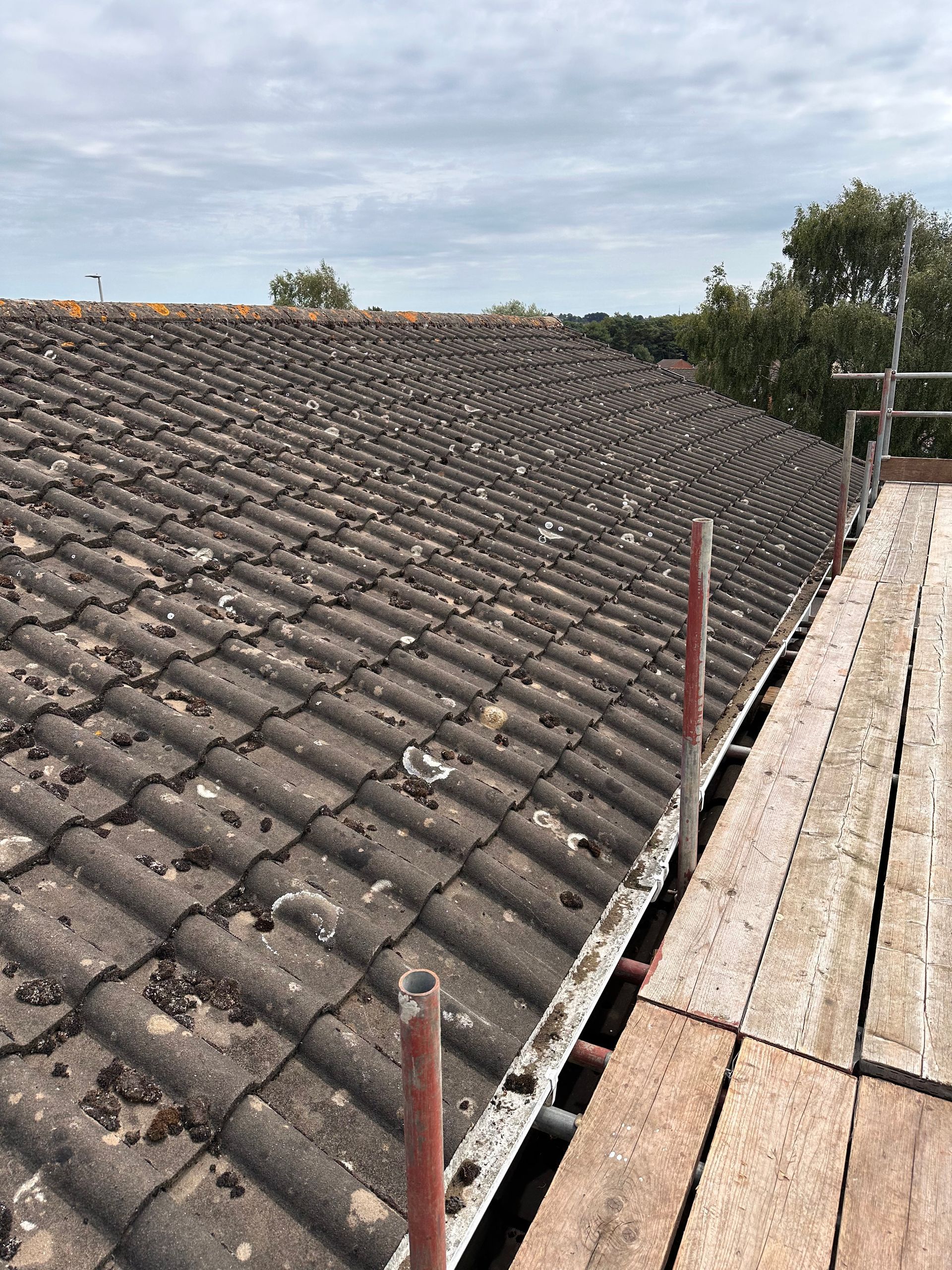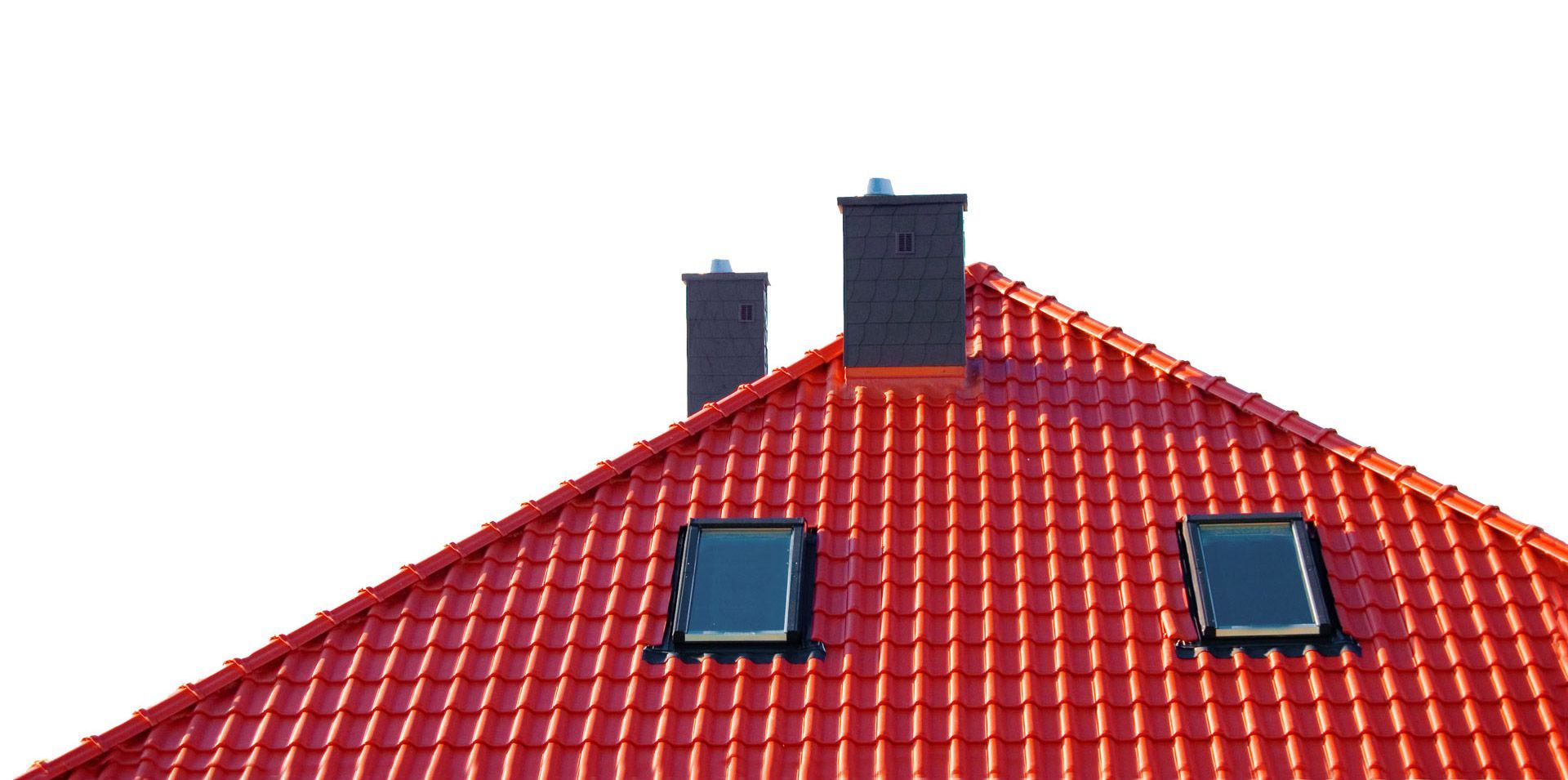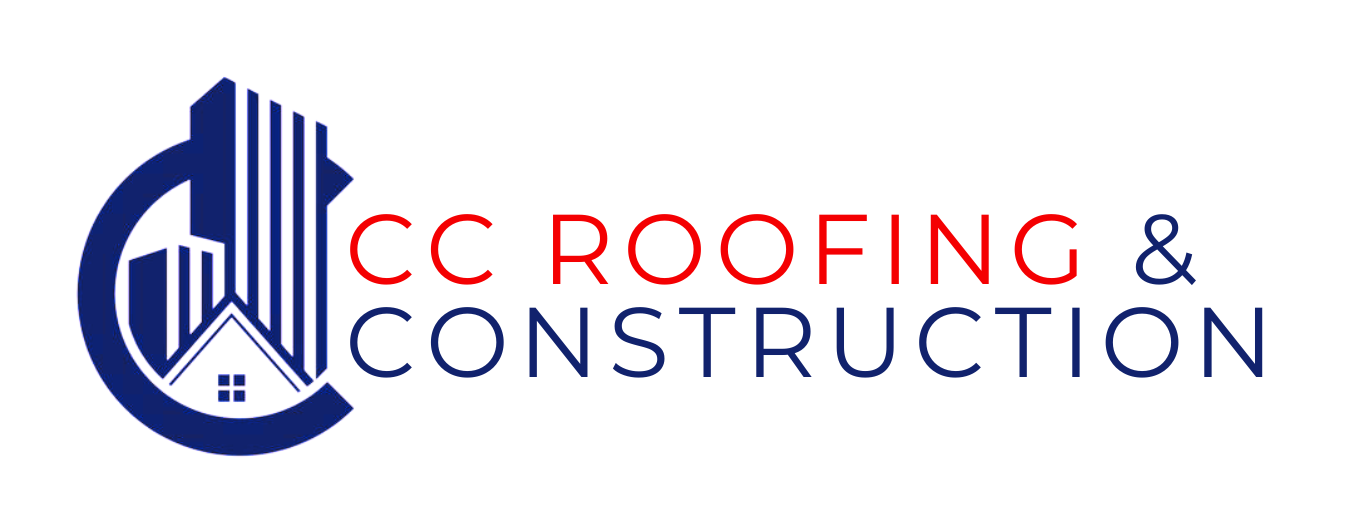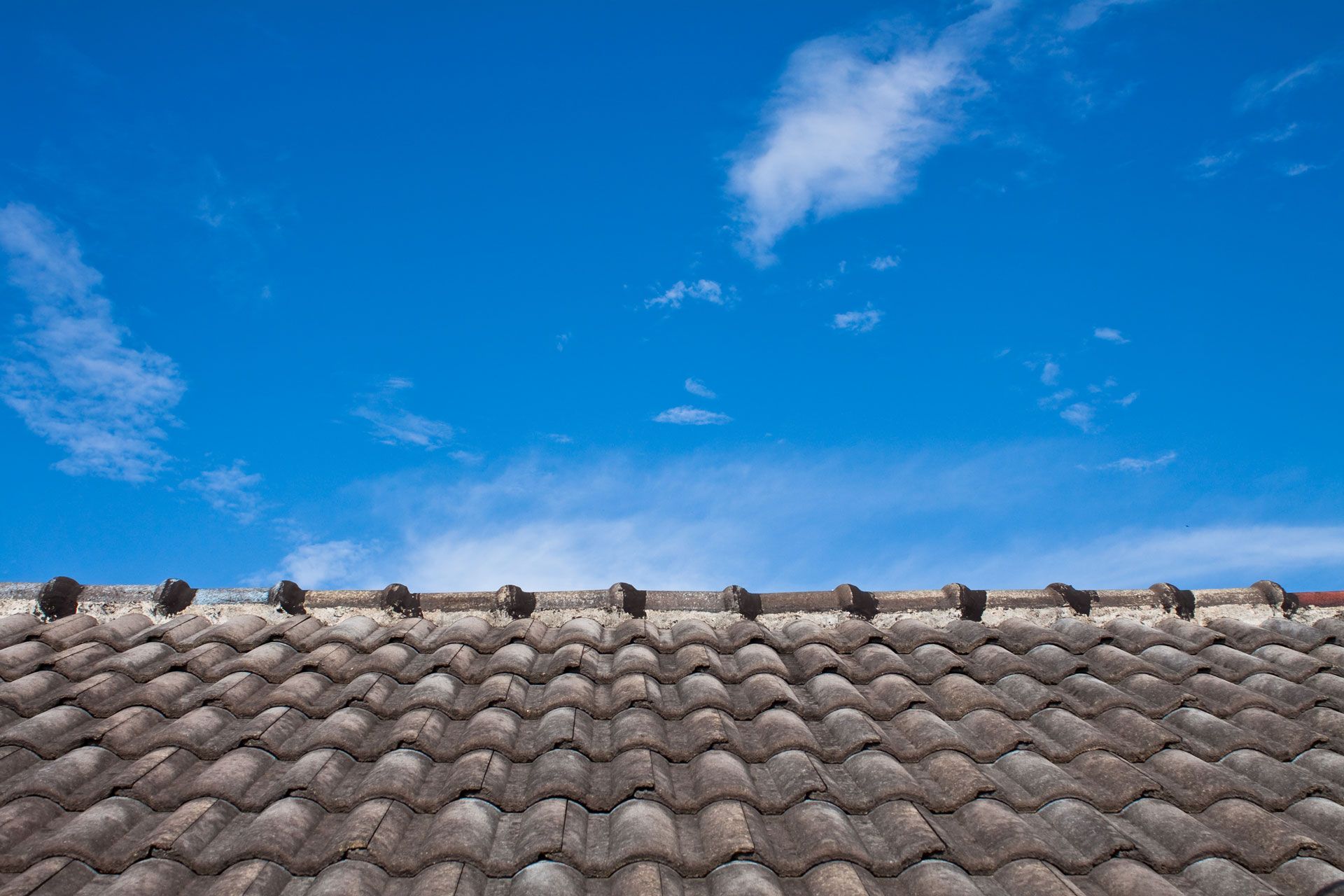Best Materials for Gutters, Fascias, and Soffits
Maintaining the integrity of your roof starts with choosing the right materials for gutters, fascias, and soffits. At CC Roofing & Construction, we cater to the diverse needs of both residential and commercial property owners in Dorset and Hampshire. Whether you're seeking to repair or maintain your roof or exploring new roofing options, this guide is designed to help you make informed decisions. Our aim is to offer expert advice to to ensure your roofing system remains durable and long-lasting.
Best Materials for Gutters
1. Aluminium
Pros: Lightweight, rust-resistant, and easy to install, aluminium gutters are an excellent choice for both residential and commercial properties. They offer durability and require minimal maintenance.
Cons: Aluminium can dent easily, which might be a concern in areas with heavy debris or hail.
Ideal For: Both residential and commercial properties due to its balance of cost, durability, and ease of installation.
2. Copper
Pros: Copper gutters are long-lasting, aesthetically pleasing, and add significant value to a property. They develop a beautiful patina over time, enhancing the building's character.
Cons: Copper is expensive and requires professional installation, making it less suitable for budget-conscious projects.
Ideal For: High-end residential properties and historic buildings where aesthetic appeal and longevity are prioritised.
3. Vinyl
Pros: Vinyl gutters are affordable, easy to install, and require little maintenance. They are an excellent choice for DIY enthusiasts.
Cons: Vinyl can become brittle in extreme weather conditions, leading to cracking and other damage.
Ideal For: DIY enthusiasts and budget-conscious homeowners who need a cost-effective solution.
4. Steel
Pros: Steel gutters are strong, durable, and capable of handling heavy loads. They are ideal for areas with harsh weather conditions.
Cons: Steel is prone to rust if not properly coated, which can lead to long-term maintenance issues.
Ideal For: Commercial properties and residential buildings in areas prone to severe weather.
Best Materials for Fascias
1. Wood
Pros: Wood fascias offer a classic look and are easy to paint and customise to match any aesthetic. They provide a natural appearance that many homeowners desire.
Cons: Wood requires regular maintenance to prevent rot and pest damage, which can increase long-term costs.
Ideal For: Traditional homes and those seeking a natural aesthetic. Wood is perfect for properties that want a warm, inviting look.
2. uPVC (Unplasticised Polyvinyl Chloride)
Pros: uPVC fascias are low maintenance, durable, and cost-effective. They are resistant to weathering and do not require painting.
Cons: uPVC has limited colour options and can become brittle over time, especially in extreme temperatures.
Ideal For: Modern residential and commercial properties looking for a practical, low-maintenance solution.
3. Aluminium
Pros: Aluminium fascias are lightweight, corrosion-resistant, and long-lasting. They offer excellent durability and require minimal maintenance.
Cons: Aluminium is more expensive than uPVC and wood, which might be a consideration for budget-conscious projects.
Ideal For: Both residential and commercial properties where durability and minimal maintenance are key concerns.
Best Materials for Soffits
1. Vinyl
Pros: Vinyl soffits are affordable, easy to install, and require minimal maintenance. They are available in various styles and colours to match any property.
Cons: Vinyl can warp or crack under extreme temperatures, which might be a concern in certain climates.
Ideal For: DIY enthusiasts and budget-conscious property owners who need a low-maintenance solution.
2. Aluminium
Pros: Aluminium soffits are durable, weather-resistant, and available in various colours. They are easy to install and require little maintenance.
Cons: Aluminium is more expensive than vinyl, which could be a consideration for some projects.
Ideal For: Properties in harsh weather conditions where durability and weather resistance are essential.
3. Fibre Cement
Pros: Fibre cement soffits are fire-resistant, durable, and low maintenance. They are ideal for areas with fire risks or extreme weather conditions.
Cons: Fibre cement is heavy and requires professional installation, which can increase upfront costs.
Ideal For: Commercial properties and homes in fire-prone areas where safety and durability are top priorities.
Choosing the right materials for your gutters, fascias, and soffits is essential for the longevity and functionality of your roofing system. At CC Roofing & Construction, we provide expert advice and top-quality services for both residential and commercial properties. Whether you're dealing with flat roof repair, looking for roofing contractors near me to replace my gutters, or just seeking the best roofing firms near me, we've got you covered.
Let’s Talk!
Contact us today to learn how we can help you with your roofing needs. Our commitment to quality and customer satisfaction ensures that you receive the best service and materials for your roofing projects—Trust CC Roofing & Construction to deliver exceptional results and peace of mind.








